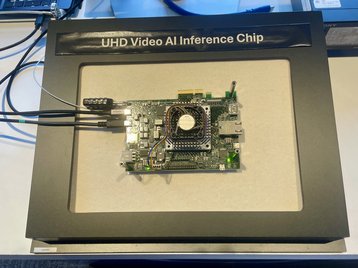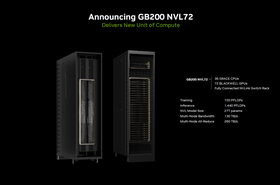NTT has unveiled an AI inference chip for video processing on Edge devices and power-constrained terminals.
According to the company, the large-scale integration (LSI) offers real-time AI processing of videos up to 4K resolution and 30 frames per-second, enabling low-power inferencing at the Edge.
With AI devices in Edge and power-constrained terminals having a limited power consumption when compared to GPUs deployed in AI servers, NTT says its LSI is able to overcome the restraints by implementing its NTT AI inference engine, which “reduces computational complexity while ensuring detection accuracy” and improves computing efficiency using interframe correlation and dynamic bit-precision control.
NTT said it plans to commercialize this LSI during 2025 via its operating company, NTT Innovative Devices Corporation.
The company added that it’s looking into the application of the LSI into the data-centric infrastructure of the Innovative Optical and Wireless Network (IOWN) Initiative, a program dedicated to exploring how photonic technologies for ultra-high capacity, ultra-low latency, and ultra-low power consumption can support AI.
“The combination of low-power AI inferencing with ultra-high-definition video holds an enormous amount of potential, from infrastructure inspection to public safety to live sporting events,” said Kazu Gomi, president and CEO of NTT Research. “NTT’s LSI, which we believe to be the first of its kind to achieve such results, represents an important step forward in enabling AI inference at the edge and for power-constrained terminals.”
The LIS is not the first chip from NTT. In 2023, the company announced it had developed a prototype chip that could increase communications speeds in data centers and submarine cables, although acknowledged the commercialization of that chip was still years away.
NTT Innovative Devices Corporation was formed last year from the merger of NTT Electronics and an R&D unit within NTT Laboratories.






![DCS - Tokyo Inzai 4 [31]](https://media.datacenterdynamics.com/media/images/DCS_-_Tokyo_Inzai_4_31.2e16d0ba.fill-280x185.jpg)
